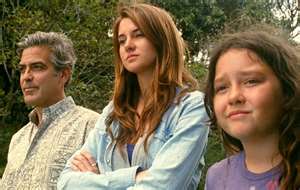It’s the Services Stupid! Transforming Old Age & New Technology Into Business Innovation

Many people looking to bring new ideas to old age are still warm from the glow of LED and plasma displays at the 2012 International Consumer Electronics Show held in Las Vegas earlier this month. Yes, there were screens, laptops and tablets a plenty…even a few robots and wearable devices to monitor, manage and motivate healthy and safe behaviors in later life. See David Pogue’s summary in the New York Times or Laurie Orlov’s always insightful remarks in aginginplacetech.com.
There is not a shortage of technology being developed for old age so why haven’t these gadgets flooded retail shelves or become a routine government procurement tantalizing contractors in the Fed’s Commerce Business Daily? President Bill Clinton’s advisor James Carville coined the phrase ‘it’s the economy stupid’ to capture what the 1992 American public was most concerned about – the economy. Today’s investors, technology researchers and the aging community need to see the promise of technology but understand what older people, families and payers really care about – complete service solutions that lead to improved outcomes in living.
Well meaning and well researched, technologies at prototype stage, or already on the market, typically address some sort of health or safety problem faced by an older adult or their family caregiver. They provide a useful function – remind the user to take a pill, connect a nervous caregiver, or collect and present data in a novel way, e.g., changes in glucose, weight. Far from incorrect, but woefully incomplete these devices represent potentially useful inventions, but not necessarily innovations in aging. Real innovation brings complete solutions to consumers. What is missing is systems thinking that responds to the entire ‘job’ of the older consumer or caregiver providing:
Older adults and their families are perhaps older, perhaps with critical needs, and perhaps using multiple methods of payment – but still consumers. Products of any type for any market become commodities over night. Their success begins with the creative application of technology and design but must include an acute understanding to the consumer’s total experience as shopper, purchaser, and user.
Since Steve Jobs’ passing there has been considerable discussion of the Apple ecosystem he helped create and how it, not any single device, made Apple a market phenomena. The Apple iPod is far from the first digital music player. But the job of the music consumer is more than simply listening. iTunes makes it easy to shop, buy and organize music the other jobs of the music consumer. The Apple retail store experience makes the purchase of the device easy, fun, and instruction from a ‘Genius’ at a ‘Genius Bar’ does not leave you feeling stupid. The integrated design of technology, experience and services makes the iPod a market success.
Novel technologies alone cannot deliver the promise of better living to older adults and their families. High-tech must include high-touch to make a compelling business case for investment in an aging marketplace. A product that provides a hub of comprehensive consumer-centered services has a markedly better chance of translating inventions in a showroom into innovations in the living room.
Photo from Shutterstock





